Two refights and a post-mortemI have recently hosted two games set in Eastern Europe, using For King and Parliament (FKaP) by Simon Miller and Anthony Brentnall. In both games we fought the historical scenario for the Battle of Lubar, which is on the 17th Century scenarios page here. Background to the battle of LubarThe battle of Lubar (or Lyubar) was fought between a Muscovite-Cossack army and a Polish-Tatar force. It was the first engagement in the 1660 Ukrainian campaign, which took place during the Thirteen Years War between Muscovy and the Polish-Lithuanian Commonwealth. Lubar was actually an engagement over many days, most of which consisted of minor actions during an extended blockade. The action on 16 September 1660 was the only occasion when the full complement of both armies went toe to toe. We have played games based on Lubar several times in the past few years, first using Warlord Games’ Pike and Shotte, once with Maurice, then with Tercios by el Kraken and now using FKaP. All of them were interesting games but for my taste, FKaP gave the most satisfying game. Each of the rules we have used so far required a little tweaking to cover the troop types present at Lubar. The one set that we could have played without any amendment is ‘With Fire and Sword/Ogniem i Mieczem’ by Polish company, Wargamer. These rules and the fantastic figures and terrain released for them have opened up this period to non-Polish gamers and I have hundreds of their figures in my collection. The only thing is, I cannot get on with the rules themselves. As the saying goes, I am sure it’s not Them, it’s Me. A couple of weeks ago, Wargamer announced that they are to replace With Fire and Sword with a quite different version. I will pick these up and perhaps WFaS Reloaded will hit the spot. Adapting FKaP to Eastern Europe17th century warfare in Eastern Europe had more in common with the West European experience than some might presume, especially as the century progressed. So the bones of FKaP work very well as they stand. There were however some troop types, weapons and tactics that were unknown in the West and I wrote a small set of rule adaptations to cover them. Most of these were rules brought forward from Simon Miller’s Ancients rules, To the Strongest, so fitted in comfortably. I’ve adjusted them a few times after playtesting and the current version is on the scenarios page here. Lubar refight: Take 1Earlier this month I hosted the first refight, with Chris playing Muscovy and Paul leading the Poles and Tatars. Chris deployed his Cossacks in his main camp with a regiment in the forward trench on his right. He put Muscovite infantry with light guns in the redoubt on the left, with some cavalry behind them. The rest of the cavalry joined the infantry in his main camp. Paul placed his foot and artillery in his centre, with his cavalry divided between Potocki on the right and Lubomirski on the left. Paul left space on the left for his Tatar Allies to arrive (-and leave: the scenario makes their presence unreliable at best). The battle began with a spirited assault by the Tatars on the Cossack trenches, while the Polish infantry advanced on the hilltop redoubt. Chris responded to the hilltop assault by sending cavalry around the eastern side of the hill to threaten the Polish flank. Paul challenged this assault with pancerni and a unit of hussars, which blotted its copybook early on by failing to activate to charge, drawing the dreaded two 1s in succession. Paul was admirably calm about this and the hussars redeemed themselves on their next activation, smacking up some Muscovite Reiters and blocking Chris’ outflanking attempt. On the left the Tatar command steadily drained away, as units left the field in search of easier plunder, but not before they had caused impressive damage to the Cossacks in the trenches. Paul even managed to break into the main enemy camp, if only temporarily. The game ended with Chris handing over his last victory medal but he was still well established in his main camp and as Paul’s medals were also running low, we agreed this was more a winning draw than a walkover. In our after-action discussion, we agreed the game’s outcome was remarkably similar to the history: the Poles and Tatars had the advantage in the open with their superior cavalry, while the Muscovite and Cossack infantry were a tough challenge for the outnumbered Polish foot to beat. Both players attacked the scenario with gusto and picked up the rules easily. Refight Take 2After the first game I adjusted two aspects of the scenario. First, I moved the Muscovite camp one square westwards to make the land around the Muscovite hill more open to a flanking manoeuvre. I also changed the scenario special rules for the Tatar forces to make them last a little longer on the table. Game 2 saw Rupert’s Muscovites and Cossacks facing Kevin’s Poles and Tatars. Both sides deployed rather differently from the players in game 1. Rupert put his infantry in the hilltop redoubt, the trenches in the forest and his main camp, then deployed his cavalry in a line in front of the camp. He placed his field artillery in the trenches, initially facing forward but later rotating to enfilade the advancing Poles. Kevin drew up with his cavalry commands on the left and centre and his infantry on the right, facing the hilltop redoubt. On his first turn Kevin started an outflanking attempt with two infantry units and some dragoons, aiming to get around the eastern end of the Muscovite redoubt. Unfortunately, this manoeuvre was plagued by poor activation attempts throughout the day and by game’s end was still slogging up the table, without ever coming to grips. At the same time the Polish foot in front of the hilltop redoubt spent the day waiting for the outflanking force to get into position and so the entire Polish infantry complement was basically uncommitted throughout the game. The Polish cavalry and the Tatars, by contrast, were heavily engaged from the start. The Muscovite cavalry launched a spoiling attack as the enemy advanced, which considerably disrupted the Polish front line. However this attack then exposed the Muscovite horse, now variously out of pistols or spears and low on dash, to the still-fresh Polish second and third lines. The result was to be expected and in one turn, several Muscovite victory medals were handed over to the enemy. But with the Muscovite and Cossack infantry in the main camp now able to fire on the enemy cavalry, the balance of damage was nearly restored. It was clear that the Polish cavalry would not make headway against the entrenched Muscovite and Cossack foot and, with real time running low, we agreed that the Poles would not press home their attack and the battle ended. This was an interesting game, in which the deployment of both sides was unexpected. The Poles, already outnumbered in infantry, effectively left their Foot out of the battle by stacking them on their right and attempting the outflanking manoeuvre. Even if they had had more success with activation draws, the Polish ‘right hook’ would still have spent a lot of time getting into position before engaging. Kevin commented that if he had assigned the task to cavalry, the result could have been very different. On the other side, the screen of Muscovite cavalry across the centre delayed the Polish advance, but it was both outnumbered and outclassed by the cavalry facing it and it blocked the fire of its own infantry behind it. Once that infantry was given a free field of fire the prospects for the Polish horse became less rosy. Perhaps the Muscovite Horse could have withdrawn sooner once it inflicted the first reverse? All of this is easy for me to say, but I wasn’t playing the game. Both players showed considerable aggression and the cavalry confrontation in the centre was particularly hard-fought. Kevin certainly made the most of his flakey Tatar units, which did stay on table for longer than in the first game but were still sloping off the field at inconvenient moments. The game versus history: how credible were the results?I was frankly delighted by the way FKaP played out in both games. On a general level, the results were reassuringly similar to what happened in history, especially in the first game. The way cavalry performs is particularly satisfying. The clash between the Muscovite and Polish horse in the second game felt just right: the Muscovites were slightly, but not hopelessly outclassed in the initial combats but the Poles had the advantage of fresh units ready to challenge the increasingly tired Russians. As the saying goes, numbers have a quality all of their own.. The Tatars also behaved as I would expect. They are primarily a nuisance and with only one hit are brittle, but they can be devastating against an enemy that is already disordered and tired. Also, their sheer numbers can help them to overwhelm a superior opponent. The evade rule, adapted from To the Strongest, works fine. As for the infantry, pike and shot are suitably ponderous while the smaller Haiduk and Streltsi units are a little easier to move. Finally, artillery can occasionally do damage but isn’t a battle winner, which is appropriate for this period. In short, I think after these games that the Eastern Europe adaptations for FKaP are about right. Earthworks were an important feature of the battle of Lubar and I was impressed by the way they work in FKaP. Based on accounts of battles in this period, they should give an advantage to troops defending them but ought not to be impregnable: during the battle of Lubar, attackers did break in, both to the hilltop position and the main Cossack/Muscovite camp. I am increasingly impressed by FKaP: these rules are easy to learn and deceptively straightforward. New players pick up the mechanics very quickly but they face multiple choices and challenges each turn. The next battle I’d like to try is Polonka (great name!), the battle between Muscovites and Lithuanians fought earlier in the same year of 1660. This was an encounter battle without prepared positions and I’ll be interested to see how it plays with these rules. Figures and game aidsThe figures in our games were 15mm by Wargamer, Essex Miniatures, Lancashire Games (both from today and the 1980s) and a superb Spanish producer who had a stand at Salute some years ago, but whose figures I haven’t seen again. The game mat is by Deep Cut Studios, bought from Simon Miller’s Big Red Bat Shop. We used Simon’s ‘chits of war’ for activations, also available from his shop, and used ten-sided dice to resolve combats.
6 Comments
Andrew Brentnall
29/9/2021 09:02:31 am
Excellent reports, and it is really satisfying to see FK&P put to such good use! Great job, well done!
Reply
Tim S
29/9/2021 07:57:05 pm
Thanks Andrew. I am so pleased with the way FKaP adapts to Eastern Europe.
Reply
Simon Miller
29/9/2021 10:39:18 am
Really interesting! Eventually I hope to publish a late c.17th set, and it would be super to get your input on the "Eastern Front". I'm busy collecting 1670s miniatures at the moment.
Reply
Tim S
29/9/2021 07:59:19 pm
Hi Simon. I’d be delighted! It would be fantastic to play the Relief of Vienna with a TtS-based system.
Reply
Sean Walker
1/4/2023 07:40:13 pm
Hi You mention the Spanish supplier and I think it is Testudo miniatures who sold their range to Khurasan. Beautiful figures
Reply
Tim S
9/4/2023 05:21:12 pm
Thanks Sean! Yes, I think you’re right. They are vey nice figures.
Reply
Leave a Reply. |
Archives
November 2023
Categories
All
|
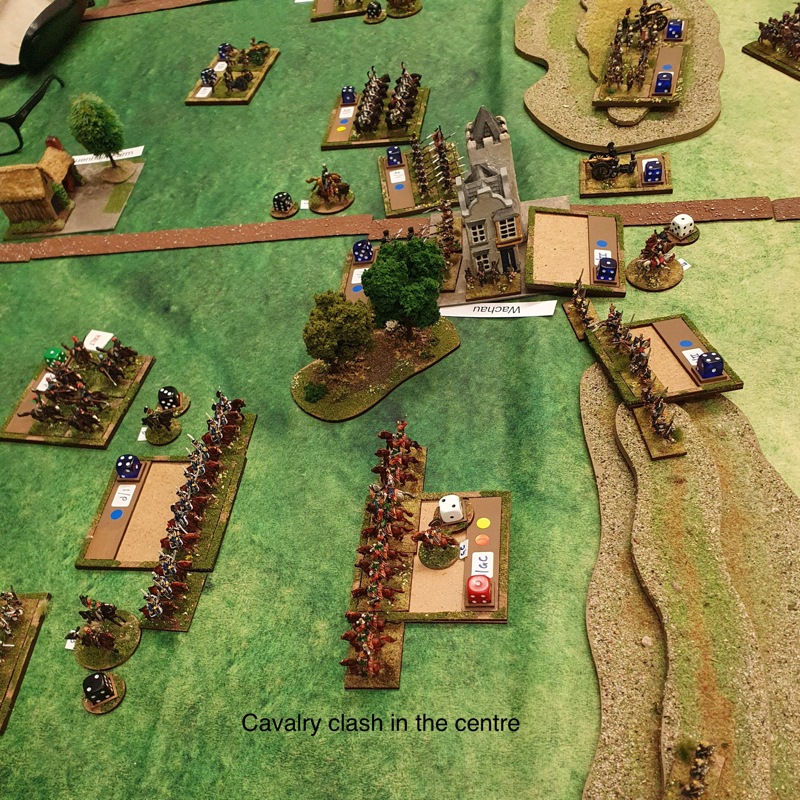
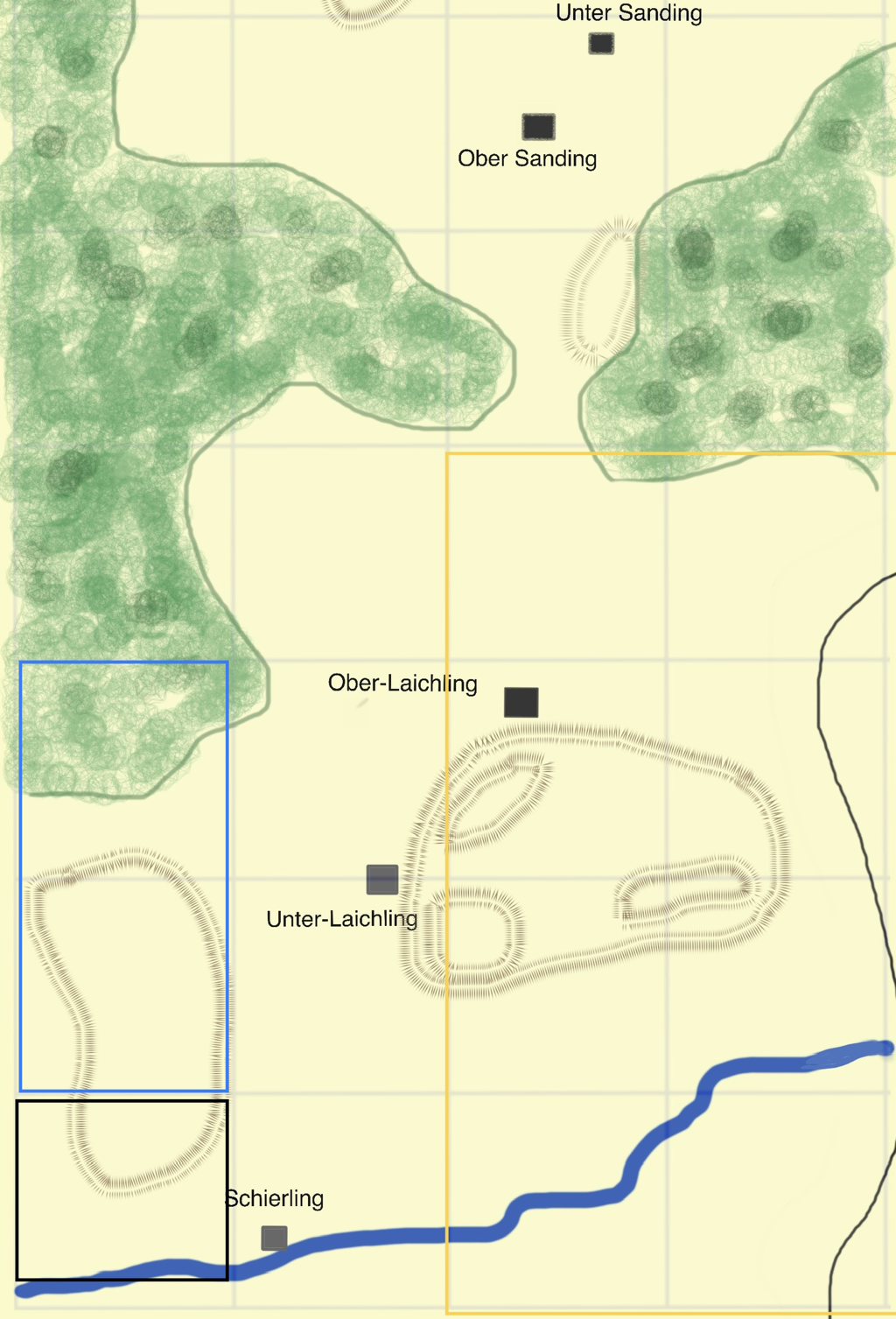
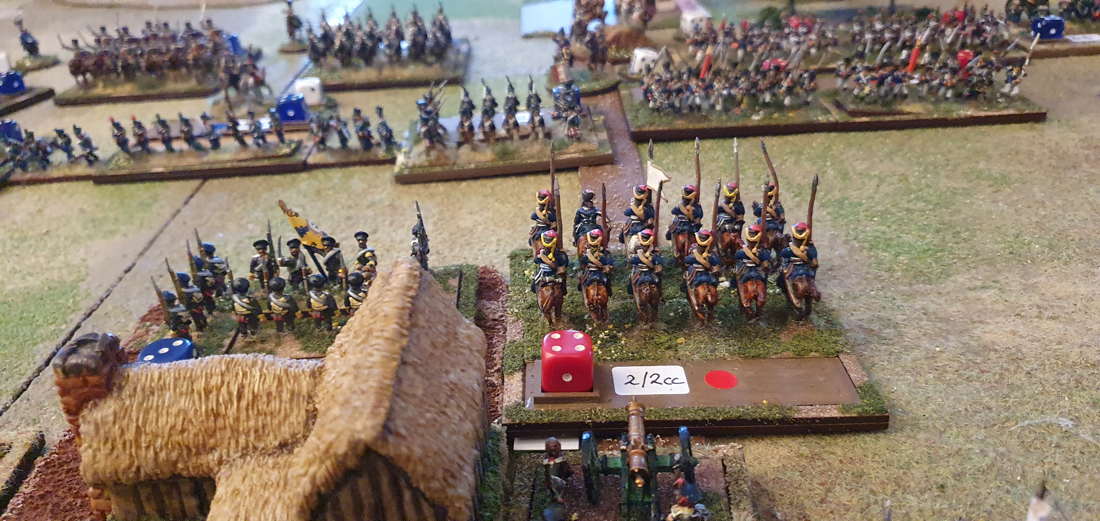
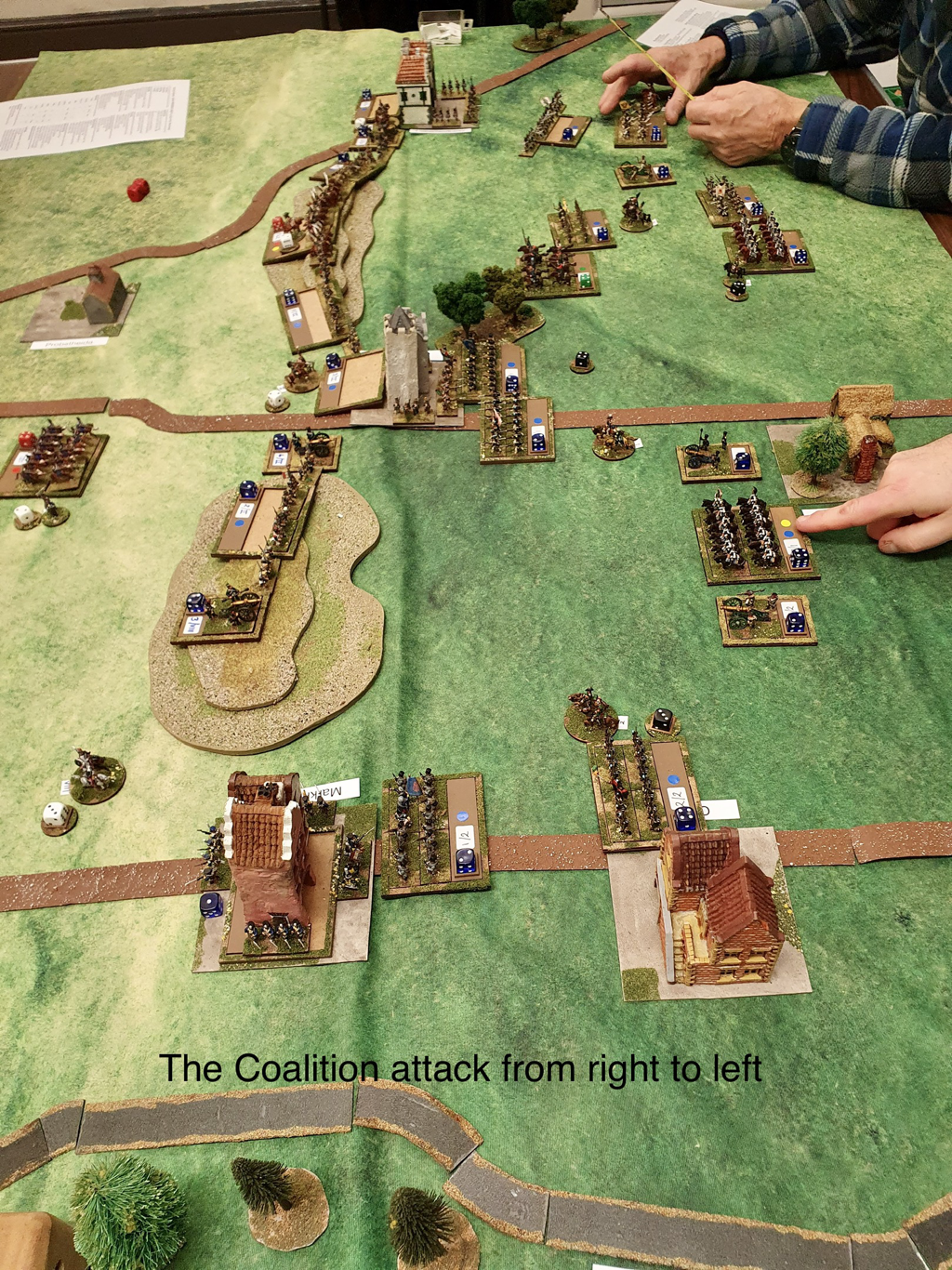
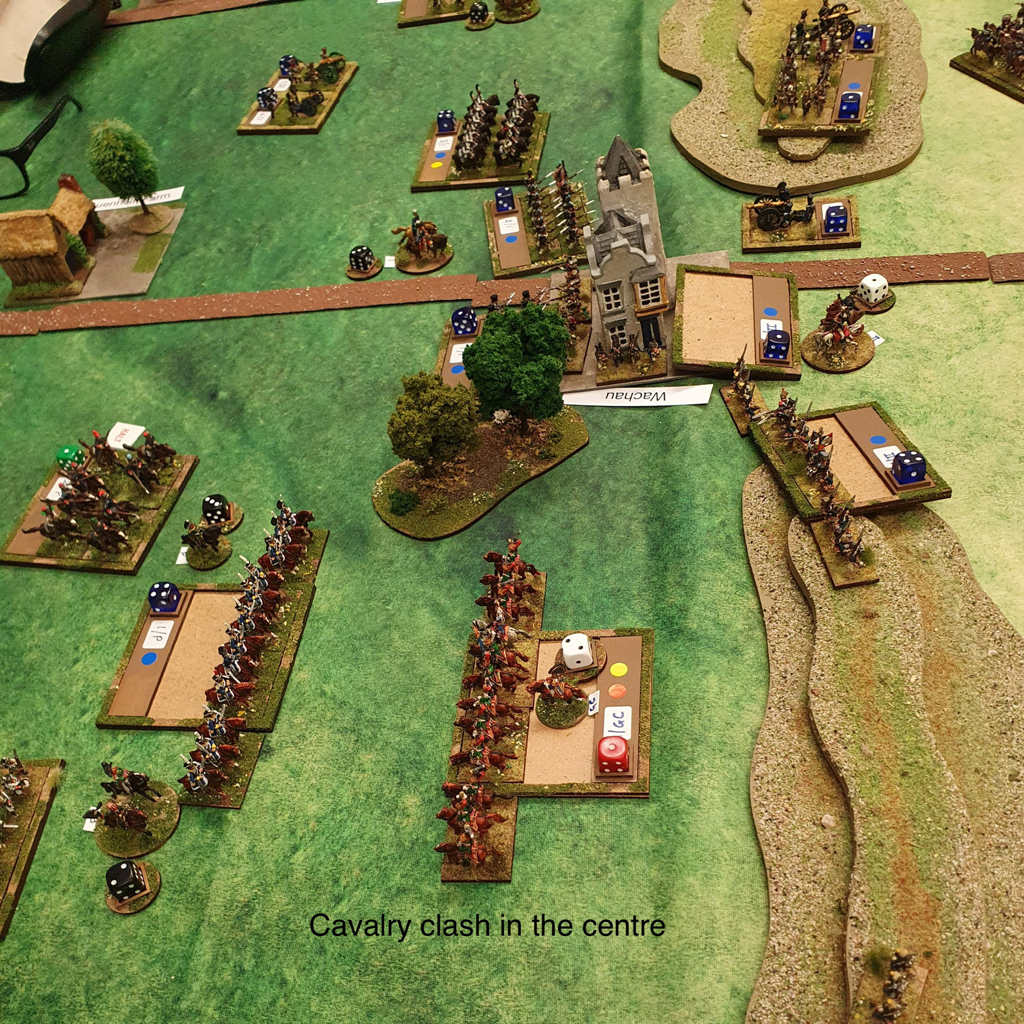
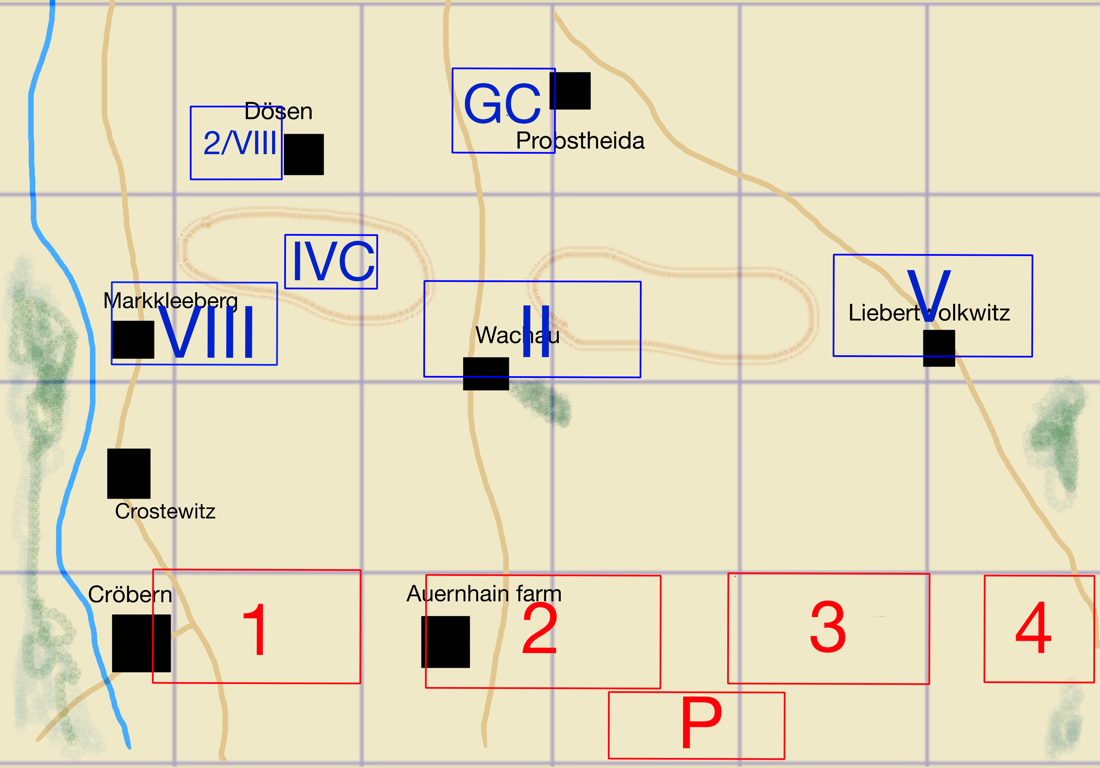
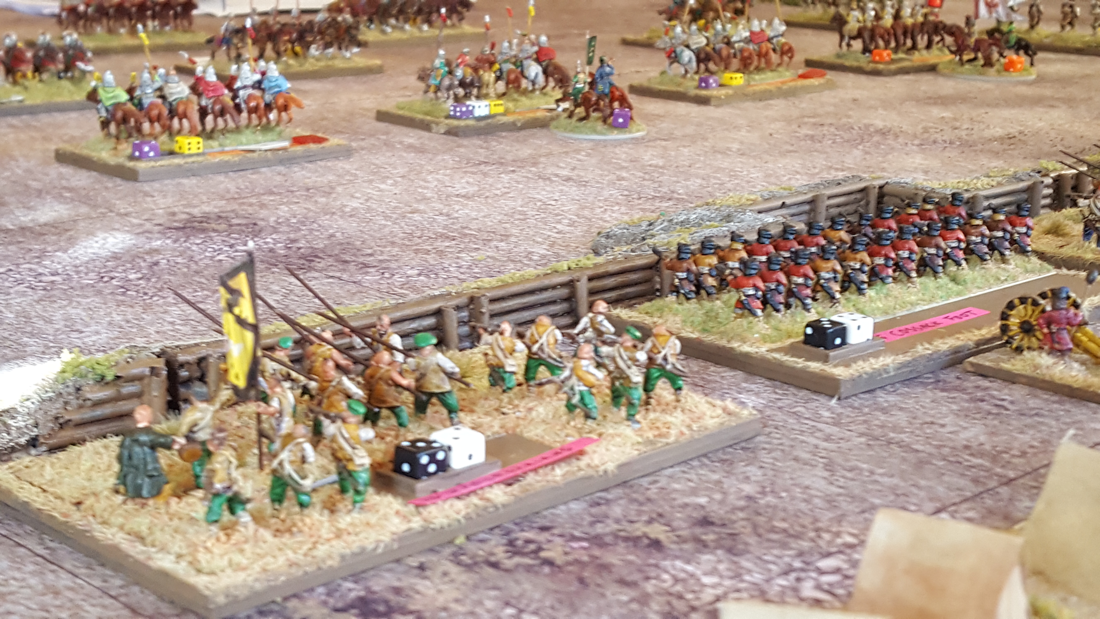
 RSS Feed
RSS Feed